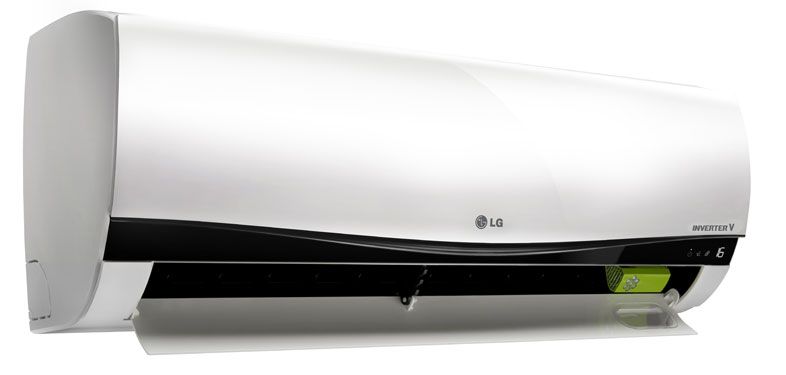
How do I choose the best Air Conditioner
Contrary to common belief, only about 45% of households in Australia own an air conditioner. The use of air conditioners varies enormously and depends on both climate and weather. Also, if you live in an energy efficient house, you are less likely to need or want an air conditioner.
The most important thing to look for with an air conditioner is the star rating. You need to work out what size you require for the task and then choose the most efficient model that will perform the task.
There are three kinds of Energy Rating labels for air conditioners. The one for cooling-only models has a blue band of stars and a blue box for the energy consumption figure. As the name implies, these air conditioners only have a cooling mode. The label for reverse-cycle models has two bands of stars. The blue band shows the efficiency when cooling, and the red band shows the efficiency when heating. There are also two energy consumption figures - blue for cooling and red for heating. As the name implies, the term reverse cycle means that the operation of the air conditioner can be internally reversed to provide indoor heating or cooling as required - the principle used for both modes is the same. There is also a label for heating only models (with no cooling function) but these are unusual in Australia.
The two main types of air conditioners for household use are window-wall systems and split systems. While both can be equally efficient, split systems tend to be more efficient for a particular size range as their components are generally less constrained by size (although this is not always true). Split systems have the advantage of being quieter indoors during operation but they are also more expensive. Some larger houses may choose ducted or packaged units. Be sure to check the stars before you buy.
A new innovation in air conditioner technology is the use of an inverter or variable speed drive in the motor system that drives the compressor. While these systems tend to look less efficient at full load (ie their star rating at rated capacity is not always as high as conventional air conditioners), they tend to be very efficient at part load operation, which is a more common mode in a typical household. So if you are likely to use an air conditioner for long periods because you live in a hot climate, it may be worth considering an inverter system. They are, however, more expensive to buy, as a rule.
Sizing an air conditioner
The output capacity is a measure of the amount of heat that will be removed (cooling) or added (heating) to the room/s in your house by the air conditioner. The output range you need will depend upon your particular requirements. Air conditioner outputs are measured in kilowatts (kW). As an approximate guide for sizing a room unit allow:
• 125watts (0.125kW) per square metre of floor area to be cooled in living areas;
• 80 watts (0.080kW) per square metre of floor area in bedrooms.
These estimates depend on the climate and the efficiency of your house design (orientation, glazing and insulation levels).
